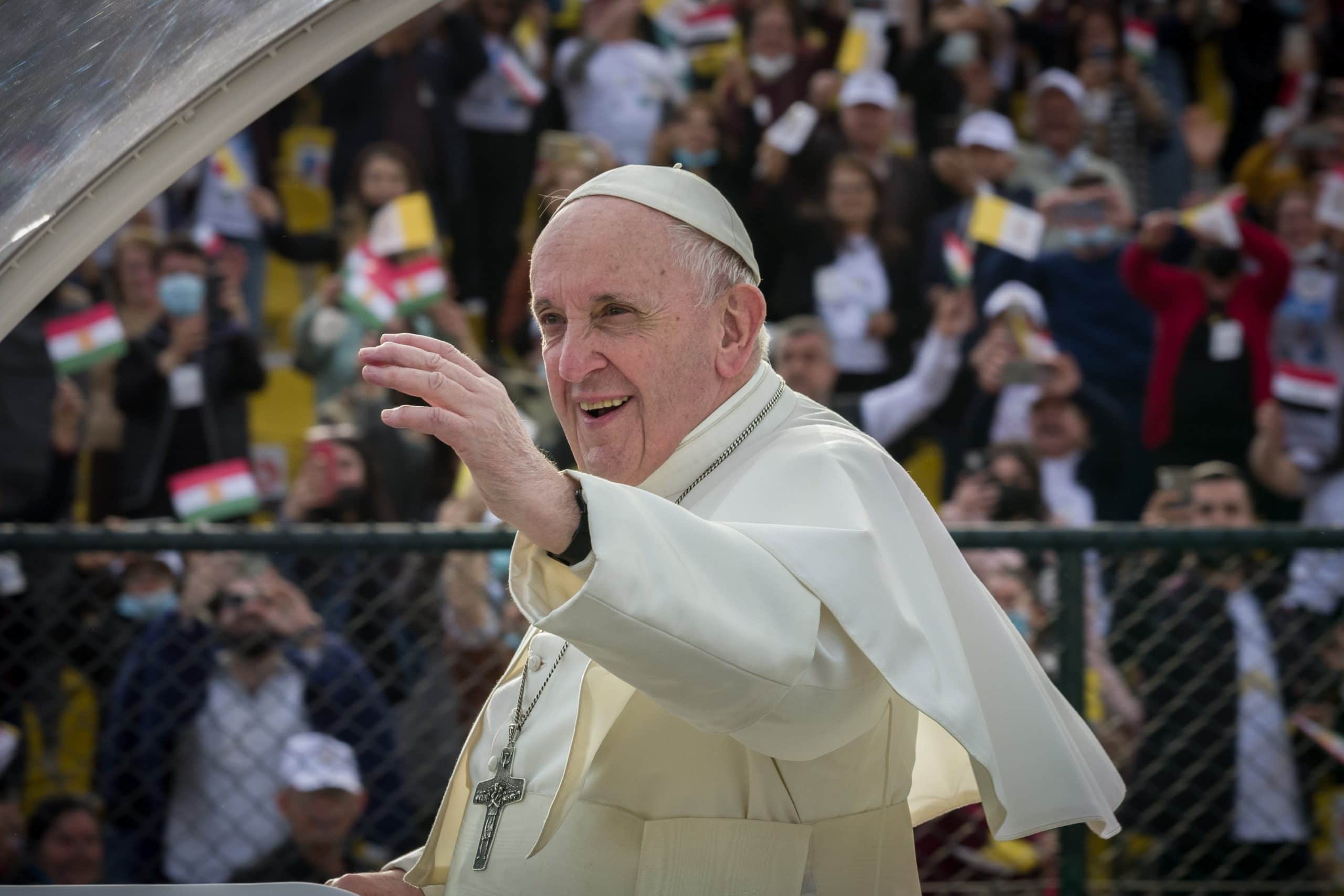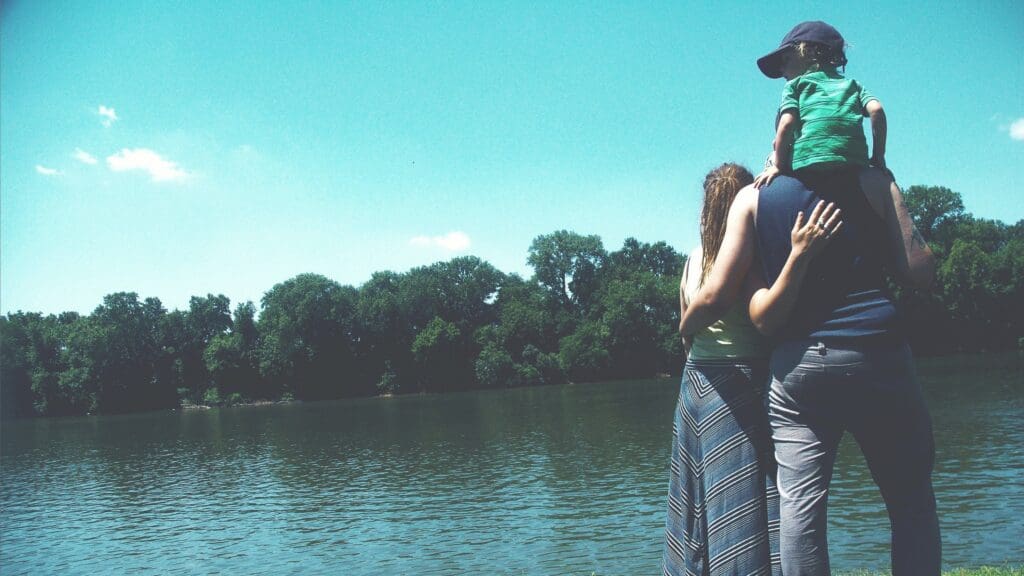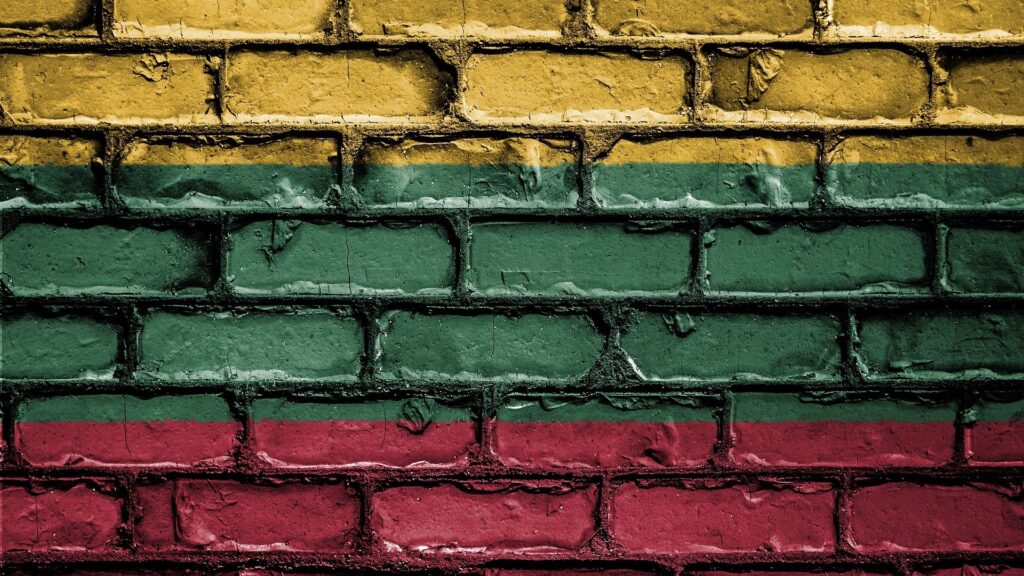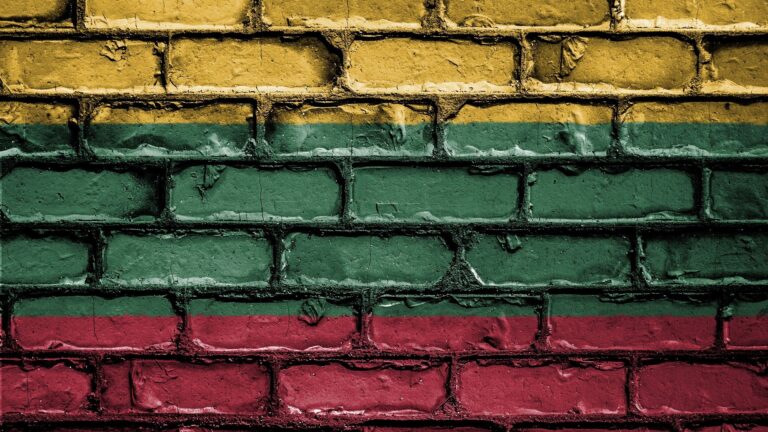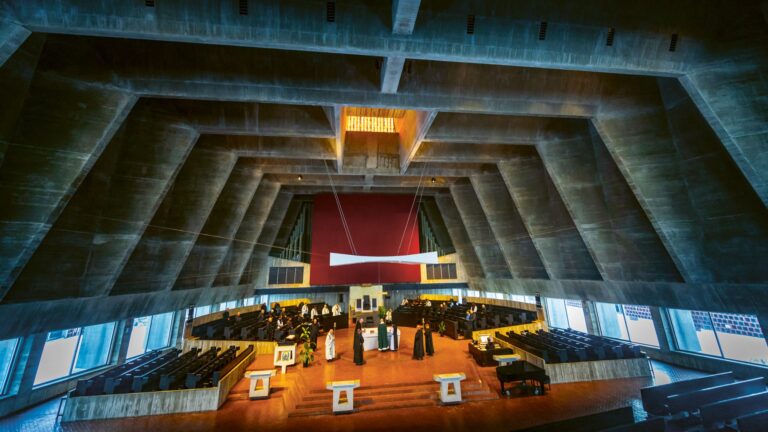Pope Francis is arriving in Hungary this weekend: this will be the third time the Holy Father visits the Hungarian community. But there have been several other papal visits to Hungary before Pope Francis’s time, too—you can learn more about them in our article below.
The relationship between the 2,000-year-old Catholic Church and 1,000-year-old Hungary goes way back in time. In fact, the foundation of the Hungarian State is also connected with the Church and the papacy at the time, since St Stephen, the first Hungarian King, was recognised by Pope Sylvester II as an independent Christian ruler in 1000, and legend also says that it was he who sent the crown to our first king.
Due to its geographical location and ever-growing power,
medieval Hungary was extremely important for the Roman Pope,
just as the Hungarian kings sought to establish relations with the Catholic head of the Church. And as in the case of all medieval Christian kingdoms, continuous and complicated relationships naturally developed between the secular kings and the contemporary leaderships of the Church.
A few decades after the foundation of the Kingdom of Hungary, the first papal visit to the country took place, which must not have been an easy trip to make back then. The later canonised Pope Leo IX of Alsatian descent arrived on Hungarian soil for the first time in 1052 as a peace facilitator. At the time, not for the first time or the last time, tension arose between the Holy Roman Empire and Hungary, thus the Pope decided to act as a mediator between Emperor Henry III and King Andrew I of Hungary, for which he personally visited the conflicting sides near the city of Pressburg (today’s Bratislava.) The same year also saw the siege of Pressburg by the German imperial army, from which the legend of Zotmund (Búvár Kund in Hungarian, meaning ‘Diver Kund’), a soldier of King Andrew who was a great swimmer and sank the Germans’ battleships anchored on the Danube, was born.
Pope Leo spent little time in the city of Rome during his reign: in addition to his trip to Hungary, he often visited different parts of Italy, but he reached Saxony as well. His travels greatly enhanced the papacy’s reputation and political influence.
In later centuries, however, most of the popes had no intention of travelling, and in fact, by the decades of the 19th and 20th centuries, the heads of the Catholic Church became more and more trapped within the walls of the Vatican. The first big breakthrough was brought about by Pope Paul VI in the sixties when he made his first-ever papal visit to the Holy Land, and then he visited the countries of six continents during his reign, earning the name of ‘The Pilgrim Pope’ [most Catholics today lovingly refer to St John Paul II as ‘The Pilgrim Pope’, but Pope Paul VI can be seen as the ‘original’ Pilgrim Pope.]
After Paul VI, Pope John Paul II, who ascended the throne in 1978 and then led the Catholic Church for 27 years, became a genuine world traveller: he visited 129 countries, travelled all over Europe and America, most of Africa, several parts of Asia and even reached the Pacific Island Nations.
The Polish Pope visited Hungary twice, so in modern times he was the first head of the Church to arrive in our country.
The Pontiff first came to Hungary in 1991, when, during his five-day stay, he visited not only Budapest, but also Esztergom, the centre of the Hungarian Catholic Church, as well as other important ecclesiastical cities such as Szombathely, Pécs, and the National Shrine and Pilgrimage of Máriapócs.
‘I have come to Hungary to thank God together with you for the opportunity he has given you to start a new life, to establish a new society based on justice and freedom,’ the Pope said when he stepped onto Hungarian soil in August 1991.
His Holiness also told the Hungarians that ‘it has become clear that your language is very beautiful and demanding, and it is, in fact, a narrow gate. It is as narrow as the gate through which we must enter heaven. However, this could also be a good sign for the Hungarians. All who speak this language will also find the narrow gate that leads to heaven. This is a good prophecy for you. I wish you all to pass through the gates of the kingdom of heaven.’
The Polish head of the Church added the following as well: ‘I, too, come from this region of Europe now on the threshold of a new era in which it hopes to be able to contribute to the formation of a peaceful community of Nations united among themselves. (…) Men and women of Hungary! I speak to you as one who considers himself your compatriot, sharing in your destiny with you.’ (Editor’s note: The translation of some of St Pope John Paul II’s above remarks are by Hungarian Conservative.)
Pope John Paul II later came to Hungary once more, in 1996, when he visited the Pannonhalma Archabbey on the occasion of its thousand-year anniversary. During his visit, some 160,000 pilgrims gathered to meet the head of the Roman Catholic Church.
His successor, Pope Benedict XVI did not make any trip to our country, but the current Pontificate will now visit the Hungarian community for the third time in just four years. During his first trip to Romania in 2019, he also travelled to Szeklerland in Transylvania, a region predominantly inhabited by ethnic Hungarians, to celebrate Mass for the mostly Hungarian Catholic audience during the Csíksomlyó Pilgrimage in the Carpathian Mountains. This gesture towards Hungarians in Romania, who have been marginalised and whose national and religious identity has been jeopardises for a long time, is unprecedented in the history of the papacy.
Ferenc pápa miséje Csíksomlyón (Csík vármegye, Erdély)
Uploaded by Még Édesebb Erdély on 2019-06-04.
Pope Francis came to the territory of today’s Hungary for the first time in 2021 to hold the final Mass of the 52nd International Eucharistic Congress in Heroes’ Square, Budapest.
In his speech in Budapest, the Pope mentioned St Stephen, the founder of the Hungarian State, as well as St Elizabeth of Hungary as role models for meeting Christ. Referring to the Saints, he told believers that ‘like them, may we never be satisfied with little; may we never resign ourselves to a faith based on ritual and repetition’.
However, Pope Francis’s first official trip specifically to Hungary will only take place this weekend:
His Holiness will stay in Budapest for three days. On Friday, 28 April, he will meet with President Katalin Novák and then with Prime Minister Viktor Orbán, and later on the same day, he will also meet with representatives of the Hungarian Catholic Church in St Stephen’s Basilica.
On Saturday, 29 April, the Pontiff will pay a visit to the Blessed László Batthyány-Strattmann Home for the Blind, and then he will meet less fortunate people and refugees at the Church of Saint Elizabeth of Hungary in Rózsák Square. Later in the afternoon, Pope Francis will deliver a speech to young people in the Papp László Budapest Sports Arena, and then he will meet the Hungarian Jesuits, members of his own order, too.
On Sunday morning, 30 April, Pope Francis will celebrate a Holy Mass in Kossuth Square, in front of the Hungarian Parliament building, and in the afternoon, he will visit Pázmány Péter Catholic University before heading home.
Related articles:

